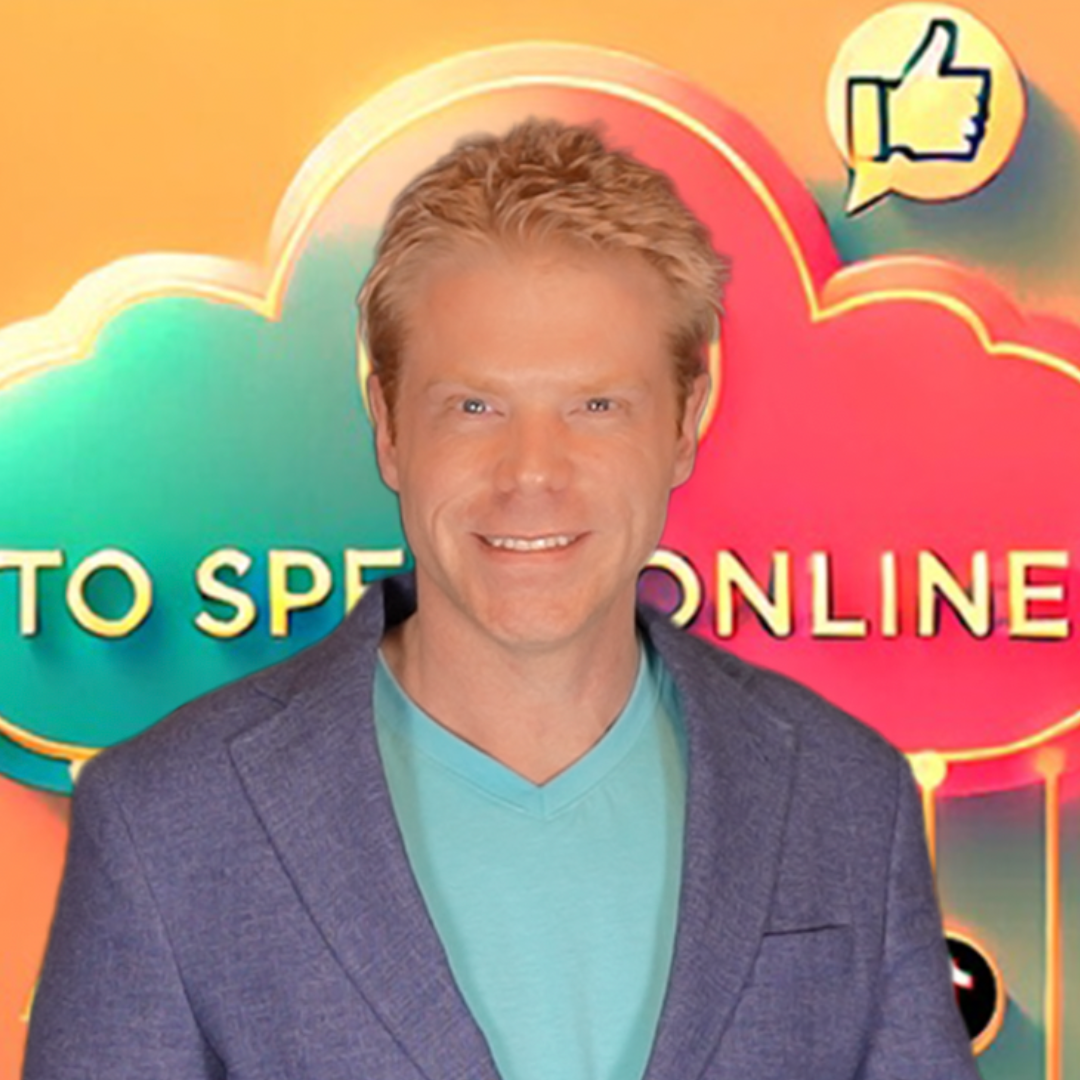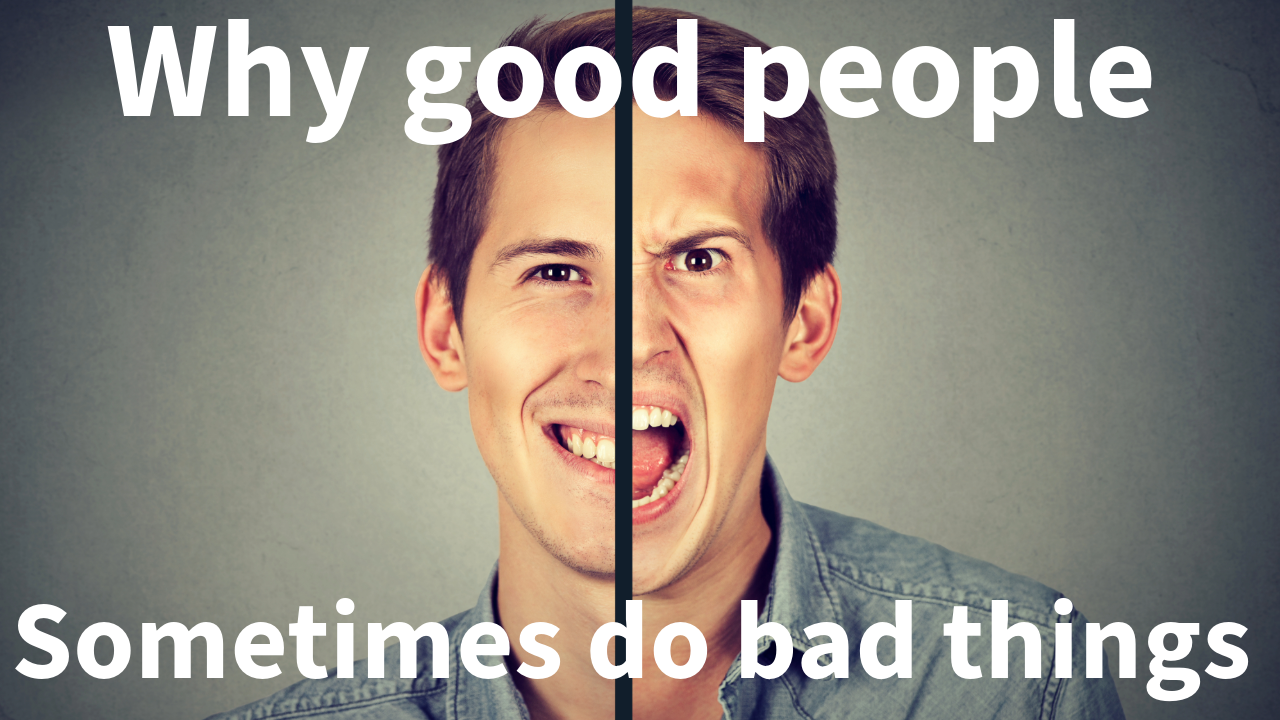We got drugs and Implants – Epilepsy is primarily treated with a class of medications called anti-convulsants. However, I want to make an important distinction – as it splits into a sub-category one a narcotic class called benzodiazepines, that is clonazepam aka Klonopin, lorazepam, Xanax, valium est, and the other being non-narcotic for example Depakote, Tegretol, Lyrica, Lamictal, Dilantin, and phenobarbital – a barbiturate.
I want to preface the following – I’m not anti-drug therapy at all. They work for many, and in no way are the stories that follow meant to promote the cessation or change in medication. That is a personal choice between you, those who may care for you, and a licensed professional. However, I have two particular cautionary tales for you. Within them, information I wish I and my parents had known, been warned of, or been educated about.
Be aware that these are not over-the-counter medications; these are hard drugs. Drugs with potentially serious side effects, for example, suicidal ideation, overdose, and death. They will affect your mood and, in so doing, alter your hopes and aspirations. For further research, please see this article – Side Effects of Seizure Medication by The Epilepsy Foundation here.
This leads me to Depakote, AKA Valproic Acid, which sounds hot, right? Did Depakote work – to a degree, but I attribute its effectiveness to an induced lifestyle change. I went from an active, vibrant child to a bag of flesh that rested on soft surfaces for long periods, devoid of all ambition. You can call it adolescence – stubbornness – honestly, I was just pissed off, but eventually, I wouldn’t take it as it was taking my life. I may have been alive, but I was no longer experiencing life, and I knew I wouldn’t be satisfied trapped between four walls, collecting a monthly check, slowly dying on a couch – face up and horizontal in a beige-colored open coffin called a couch with a TV for entertainment. It was a treatment of death dispelled in capsule form, collected at a pharmacy in a bottle branded with my name on it. I abhor every moment I lost and every memory as it goes against everything I am.
So, I urge you, if you feel yourself changing in a way and there are other options, try them if you can. And listen to those around you… you may have changed and not even know it. You may not like what someone else has to say, but it may be what you need to hear.
After a barrage of other medications and combinations, we came to benzodiazepines, or Benzo’s for short… I was prescribed 1mg of Clonazepam (Klonopin) – 3 x day around 15 years of age for over a decade. I state the dosage and time as it would most likely be unheard of – today, it is recommended you only take benzo’s for 2-weeks as it begins to alter your brain chemistry.
Benzos are a subtle, dangerous drug. You may not notice a change, especially when prescribed at a young age. You may not even know its effects or feel it, I didn’t. With chronic drug use a slippery thing can occur where who you are – while on them – just becomes who you are. You’re still forming an identity, maturing, and beginning to ask yourself, “Who am I.” But upon reflection, it expressed itself in impulsivity, risk-taking behaviors, intense emotion, and addictive behaviors. There is an excitement to anxiety and intense emotions – benzos strip you of that. As such, you seek it. Those who can’t walk want to walk. For those who are colorblind, the prospect of seeing a sunset becomes a dream. Like losing someone you love, you want to feel that feeling again. So I sought it out, perhaps in the wrong crowds – I began to drink on the weekends, increasing my inhibitions further, unknowing of the dangers of Benzos and alcohol. Many die from such activities, and I urge you not to. Once I quit drinking around 21, what did I do – I became a rock climber, an epileptic rock climber!
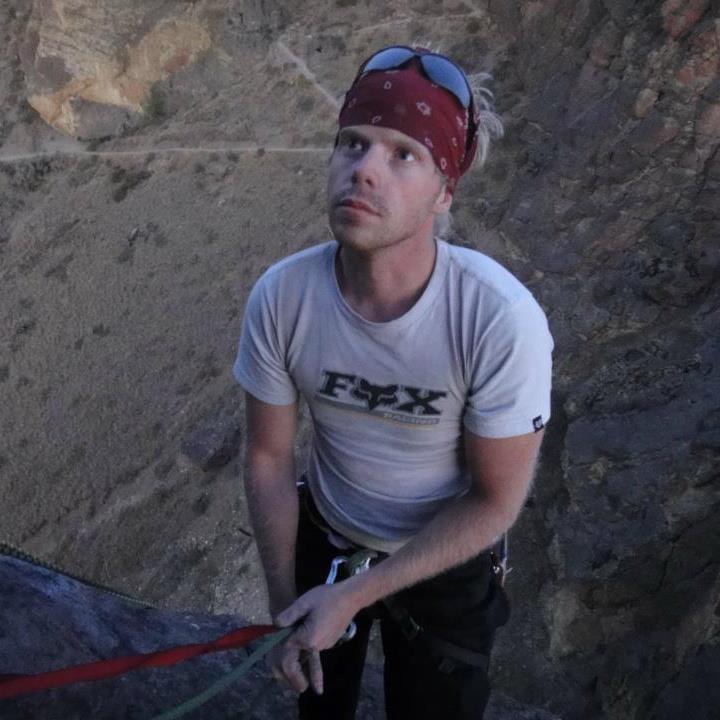
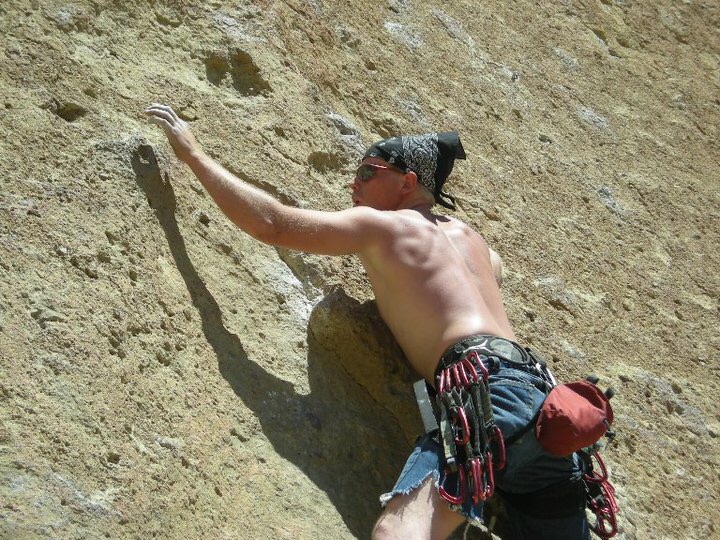
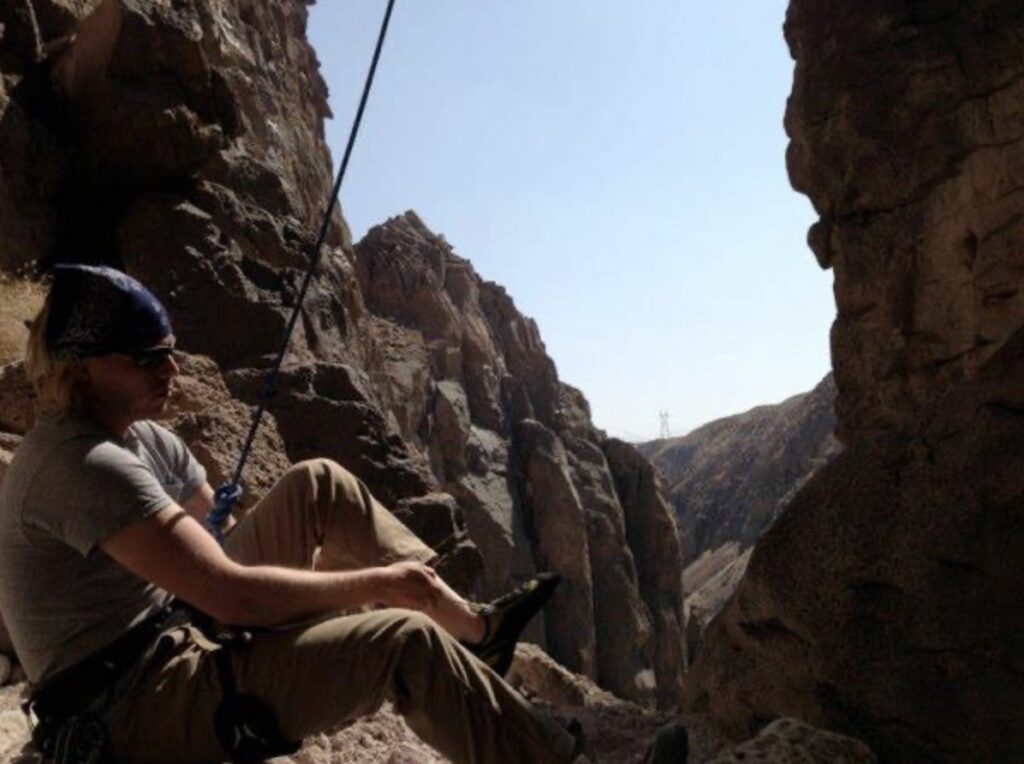
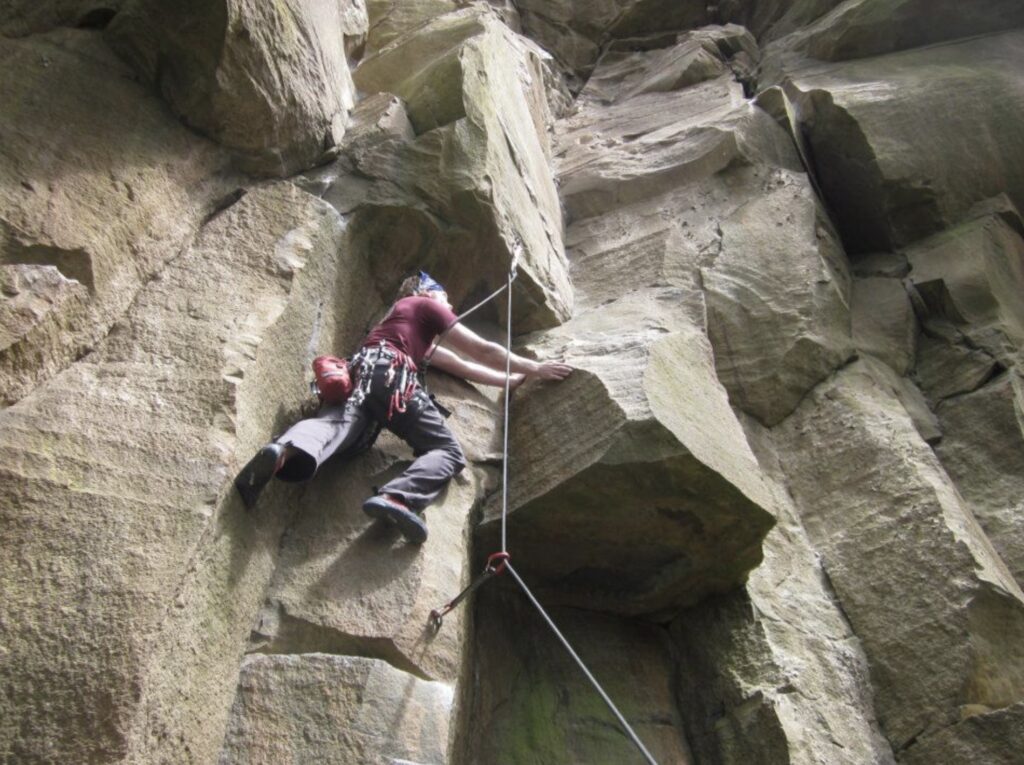
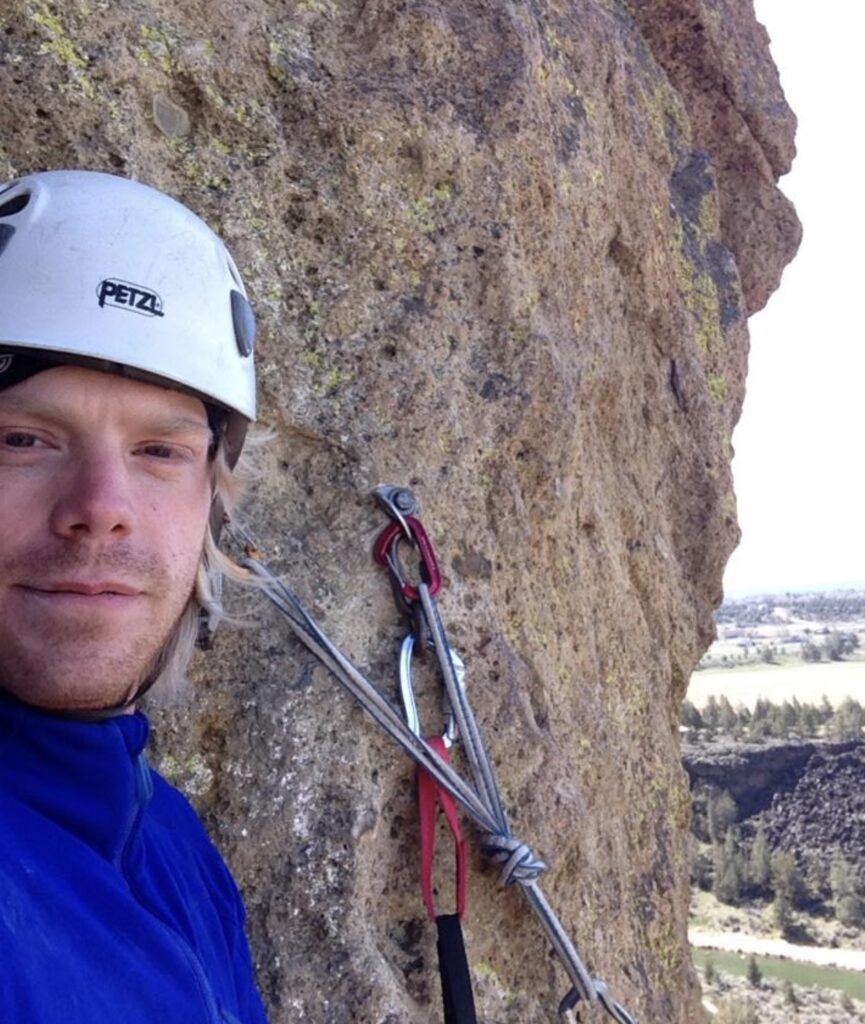
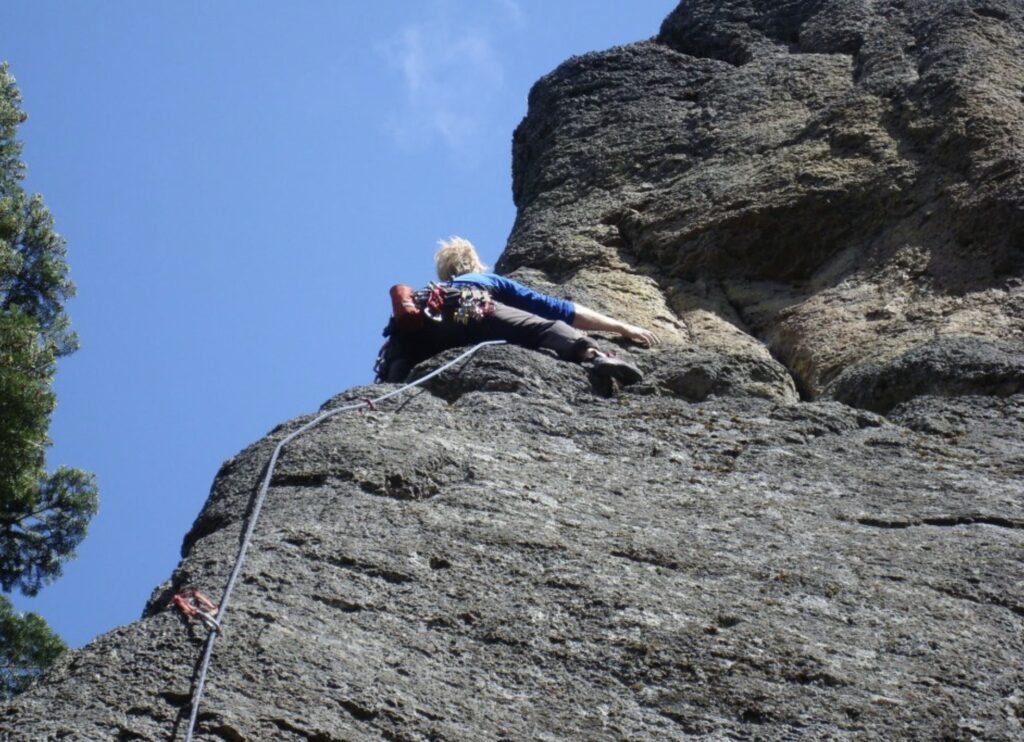
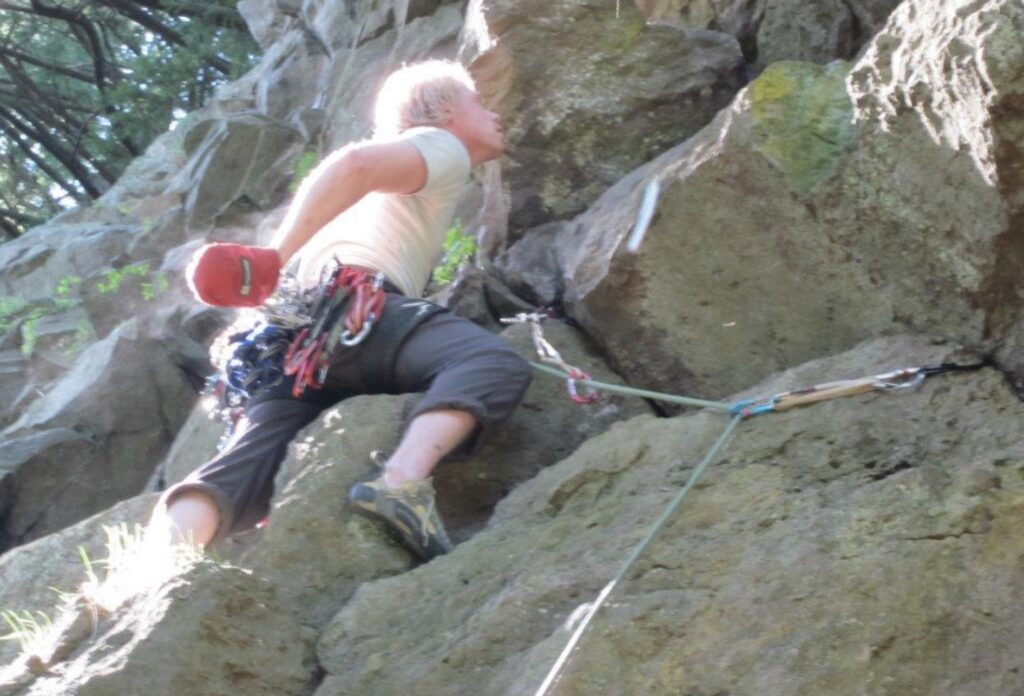
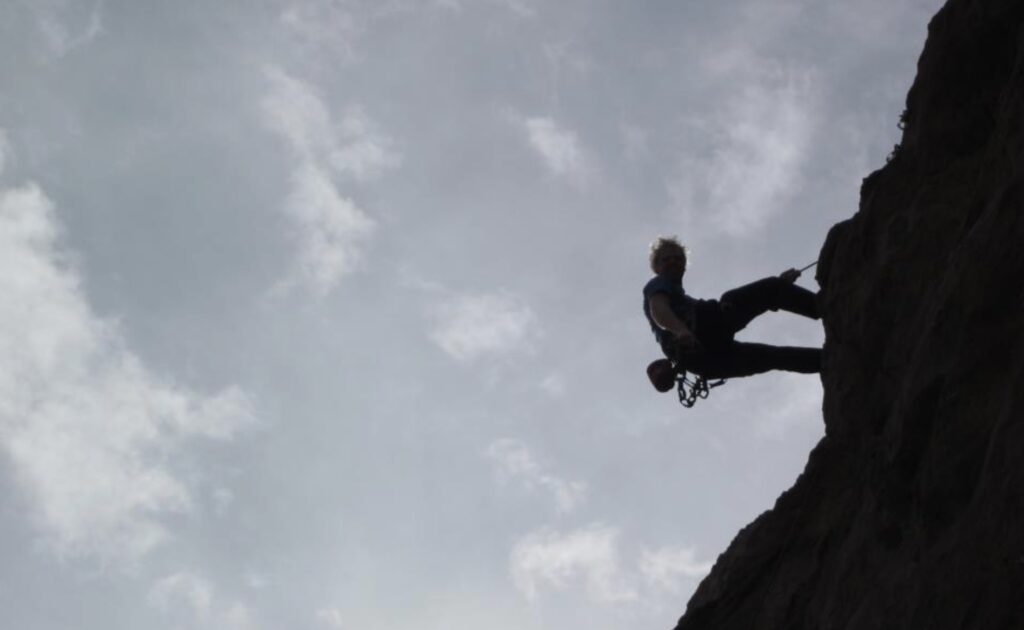
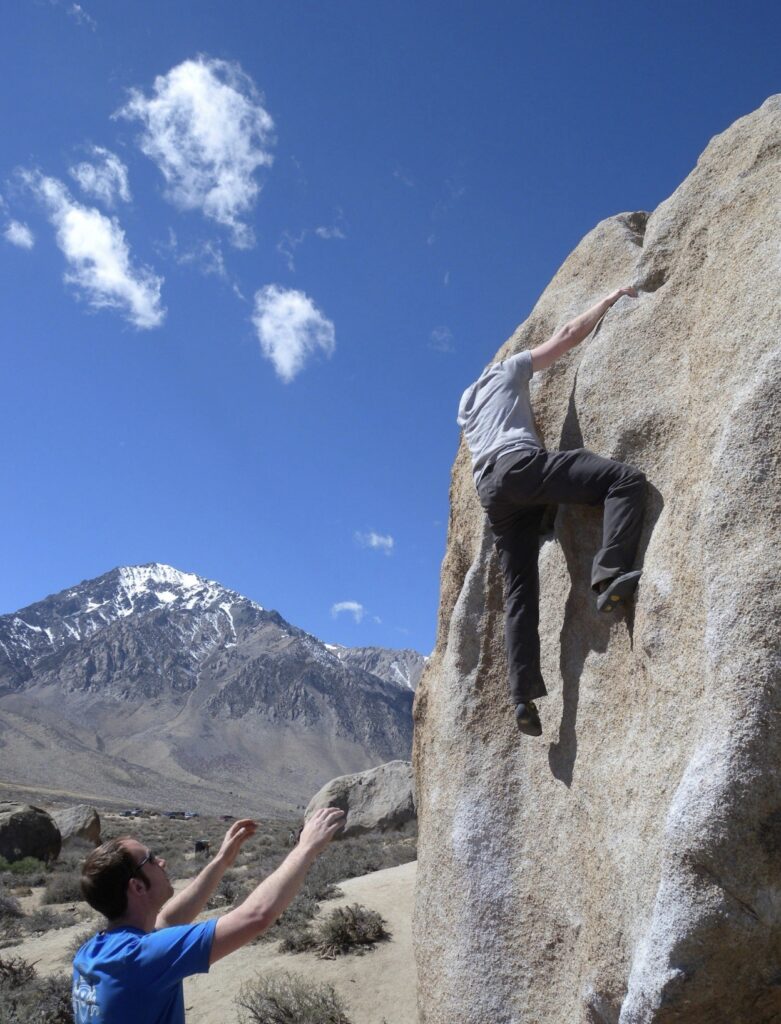
Genious… can you see the pattern. Nonetheless, I treasure the time, experience, and people. Truly, some of the friends you can have. They always supported and cared for me and never restricted me due to my condition.
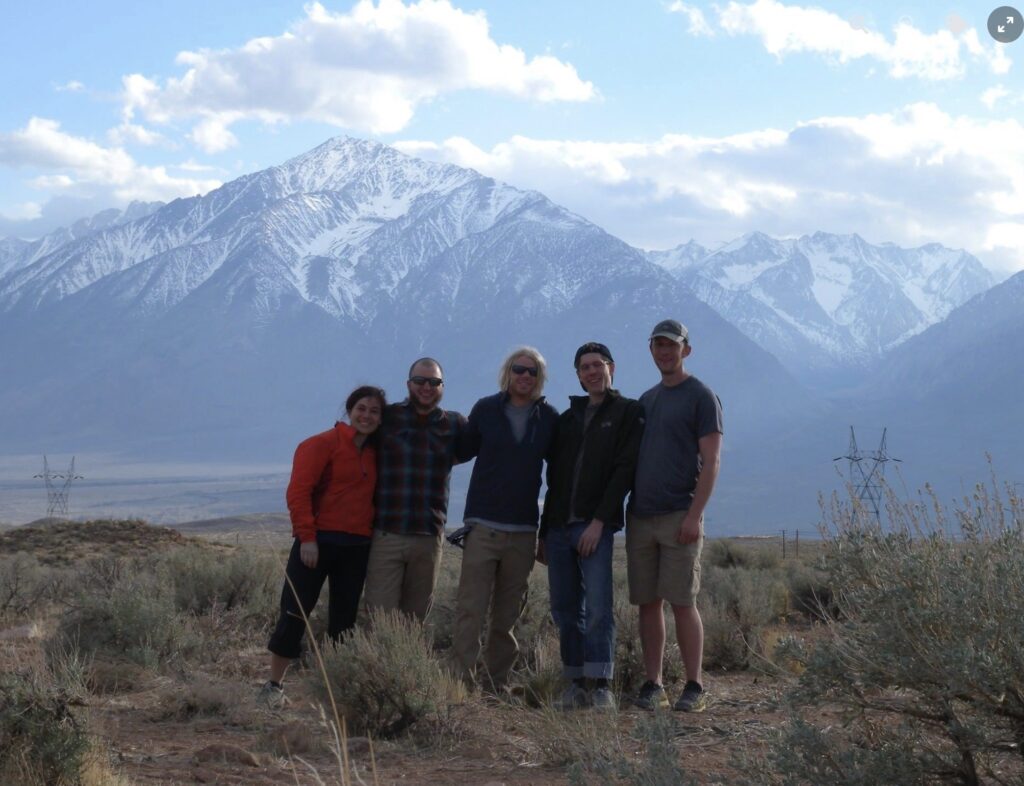
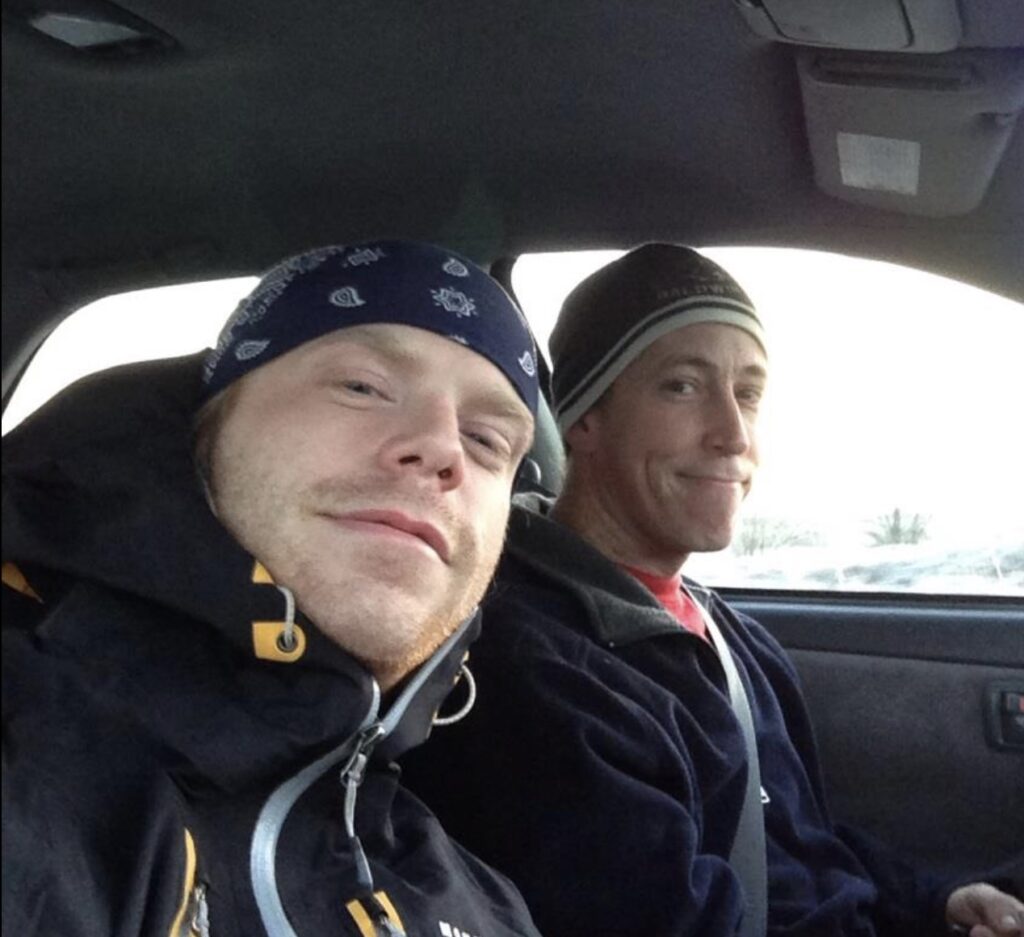
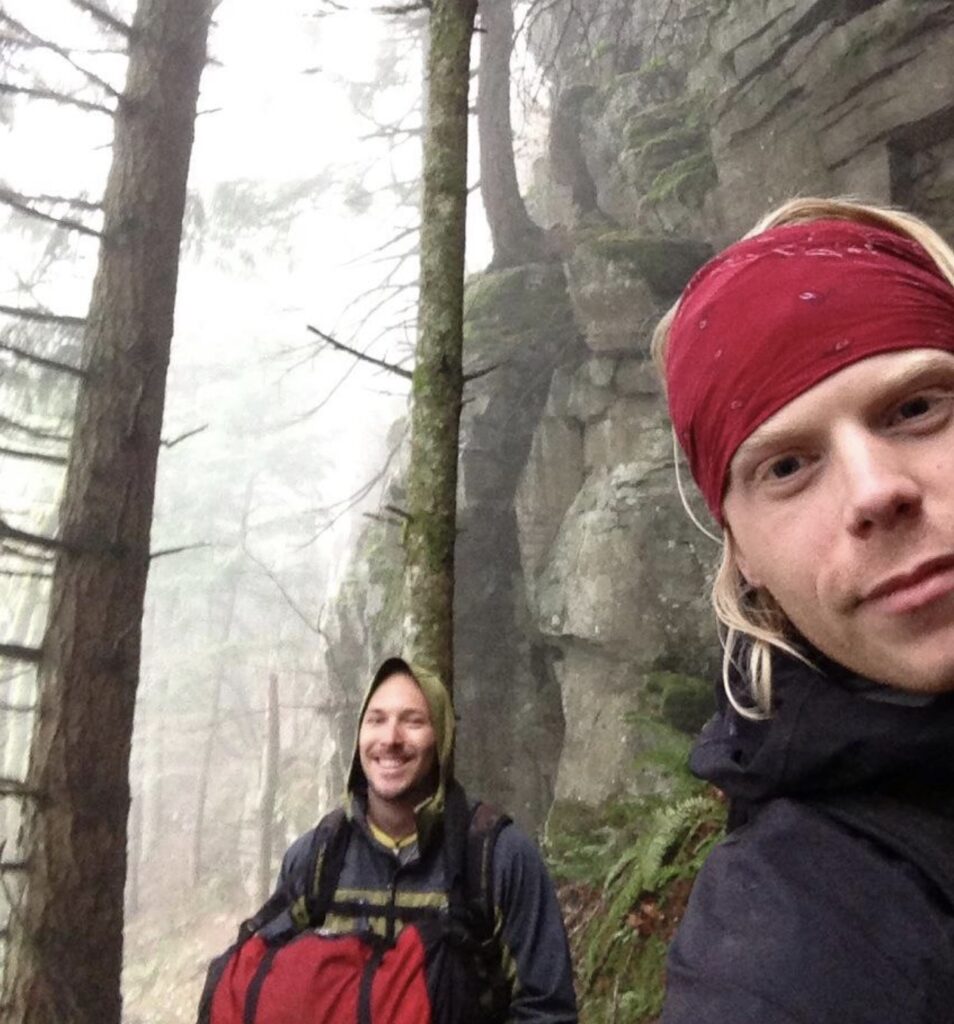
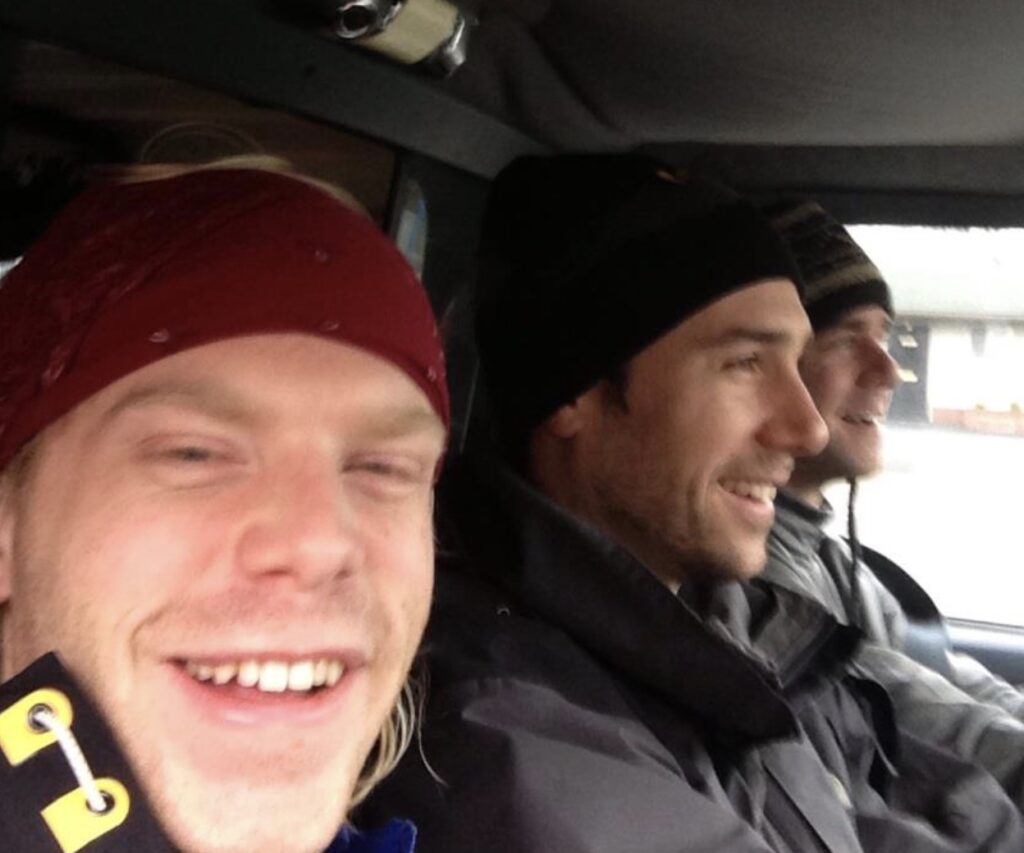
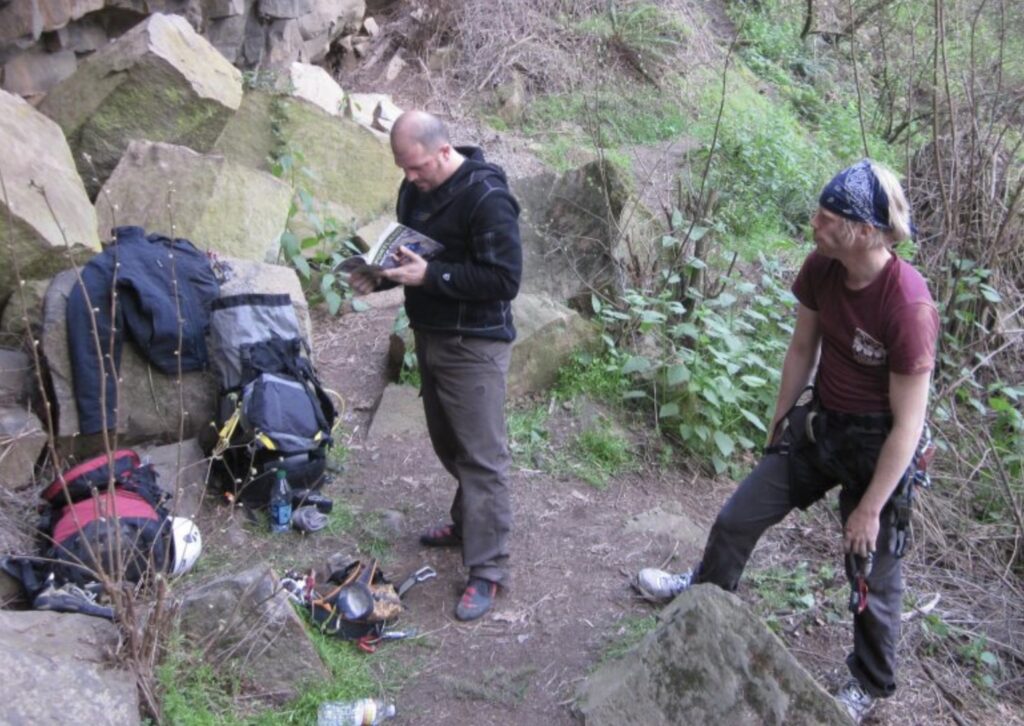
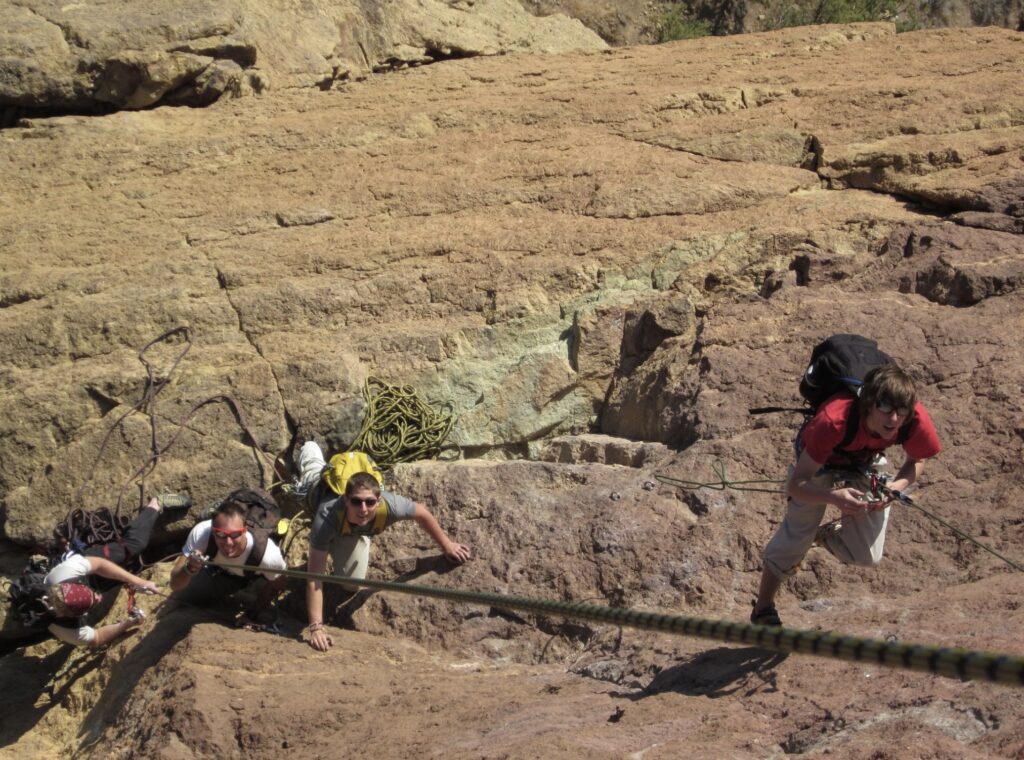
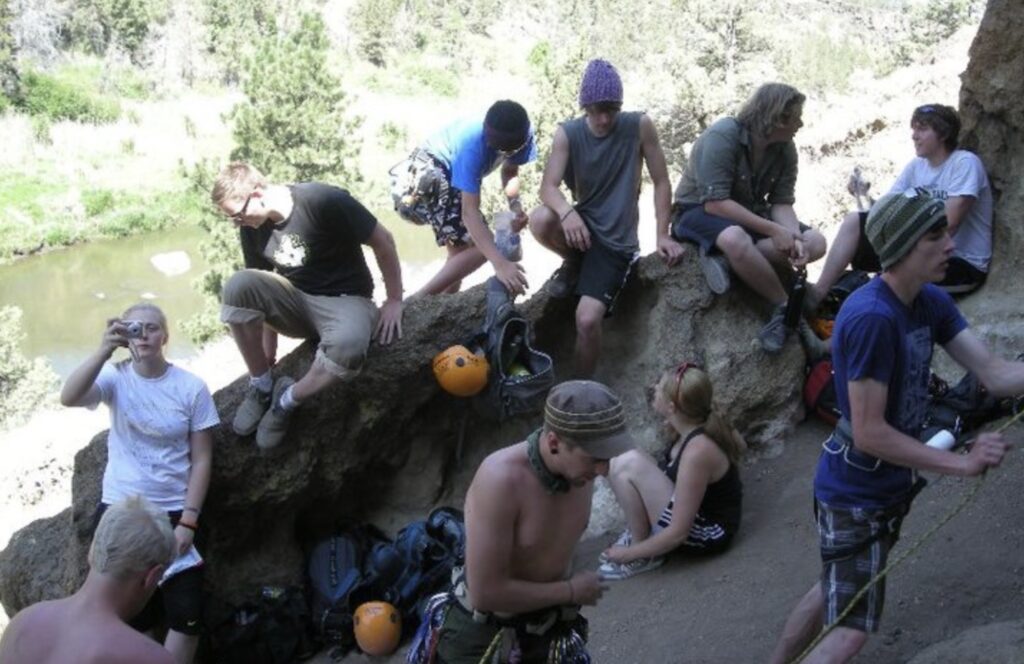
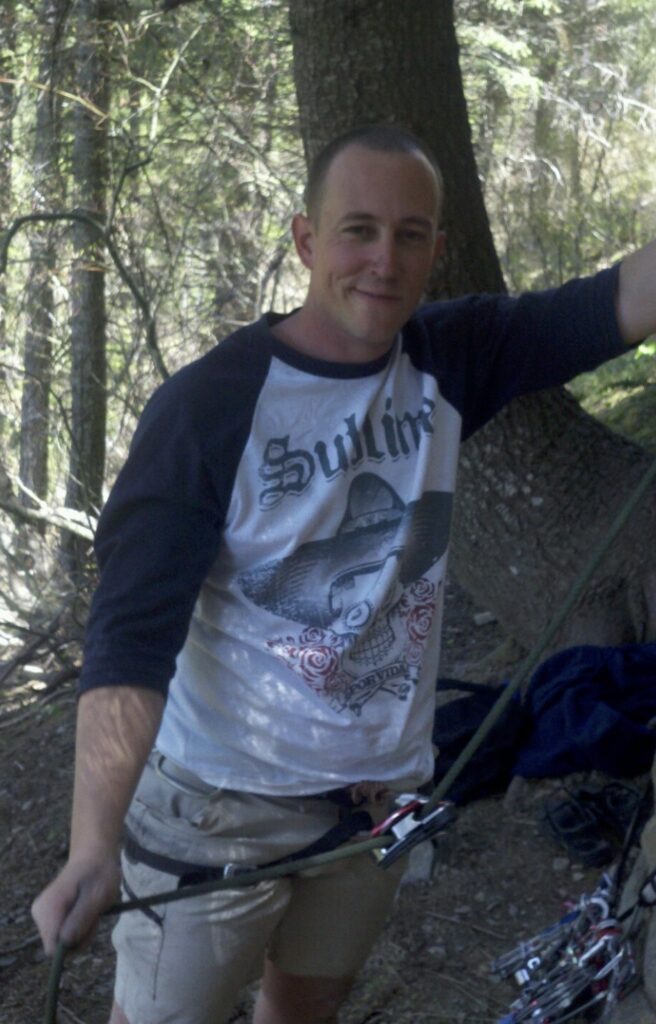
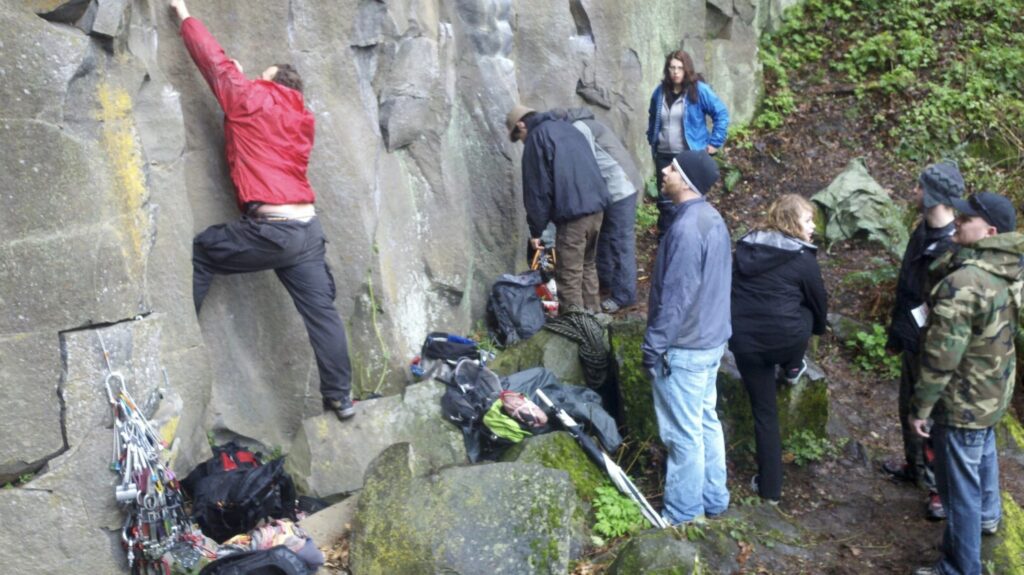
If you recognize any of these patterns of behavior, I urge you to take some time to reflect upon this and possibly seek further help. You can find addiction resources here and more information on benzodiazepines as an emergency seizure medication to stop seizures here.
In time, the epilepsy morphed into a more episodic type where they occurred in clusters, usually resulting in drastic life changes every few years. For example, the loss of jobs – medical discrimination is real more on that later, the inability to care for and support myself due to injuries, surgeries and seizures, est.
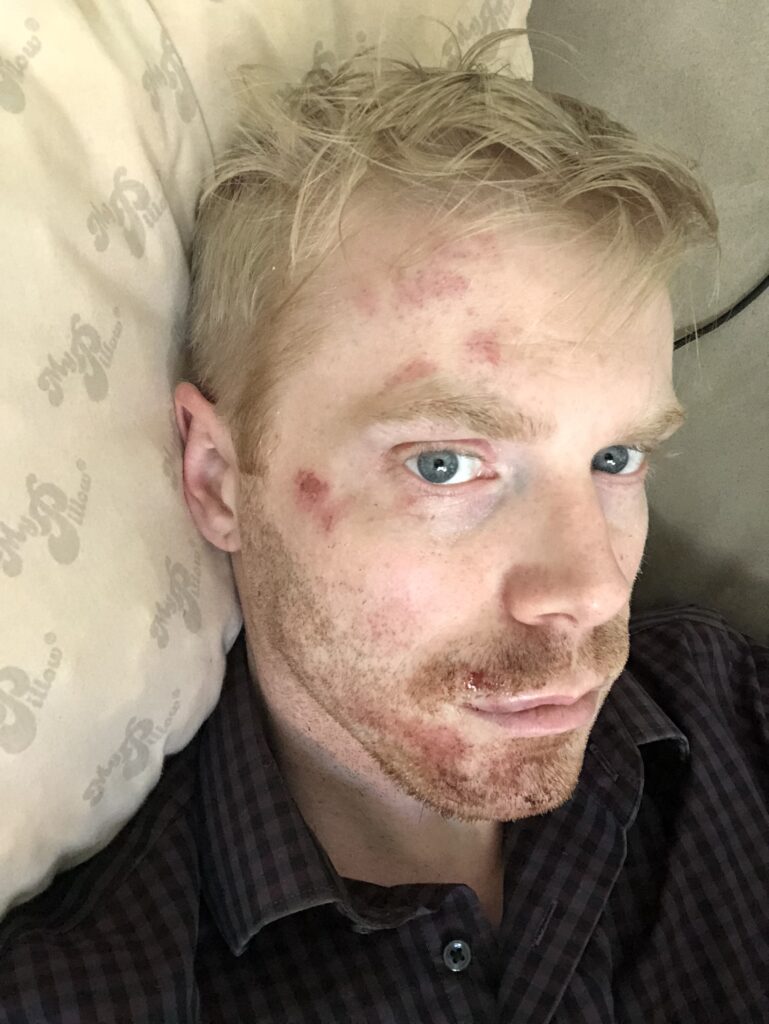
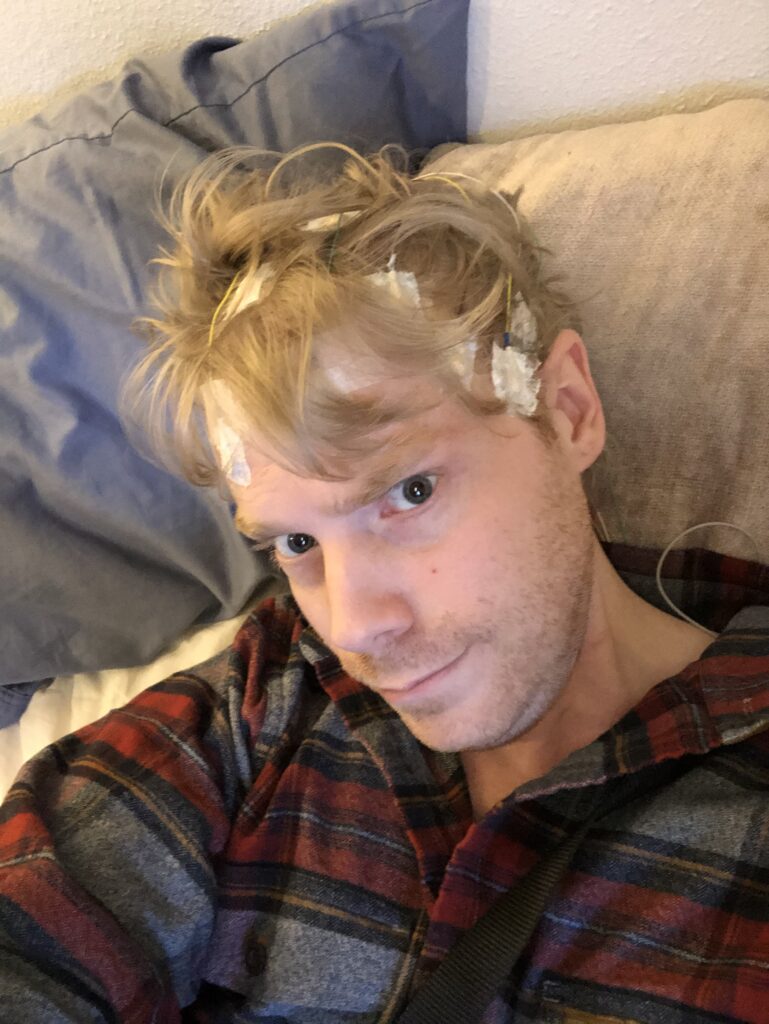
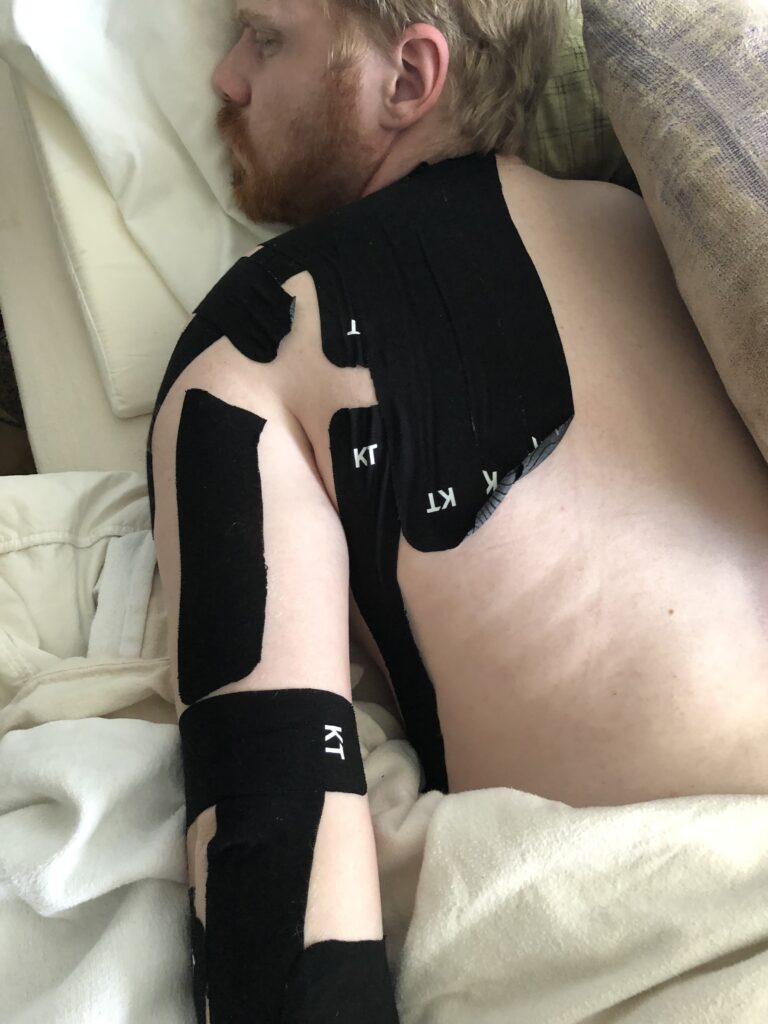
Eventually, the benzos stopped working in their entirety and began inducing seizures. So what did “they” do – cut me off – cold turkey, baby – ten plus years of use – done in a day.
I’ll never forget laying in my bed going through withdrawals at my father’s home and having one single thought run through my mind like a rolling caption moving over a screen continuously; it was so potent, and it scared the hell out of me. I have never had a thought like that before, and it’s one to have a thought and another to feel that you can carry it out. At that moment, I knew it was time to G.T.F.Out of there. I walked into the living room, my father sitting in his tan recliner and telling him he needed to take me somewhere safe. I don’t remember what it was precisely – most likely a detox. Check this admittance photo out.
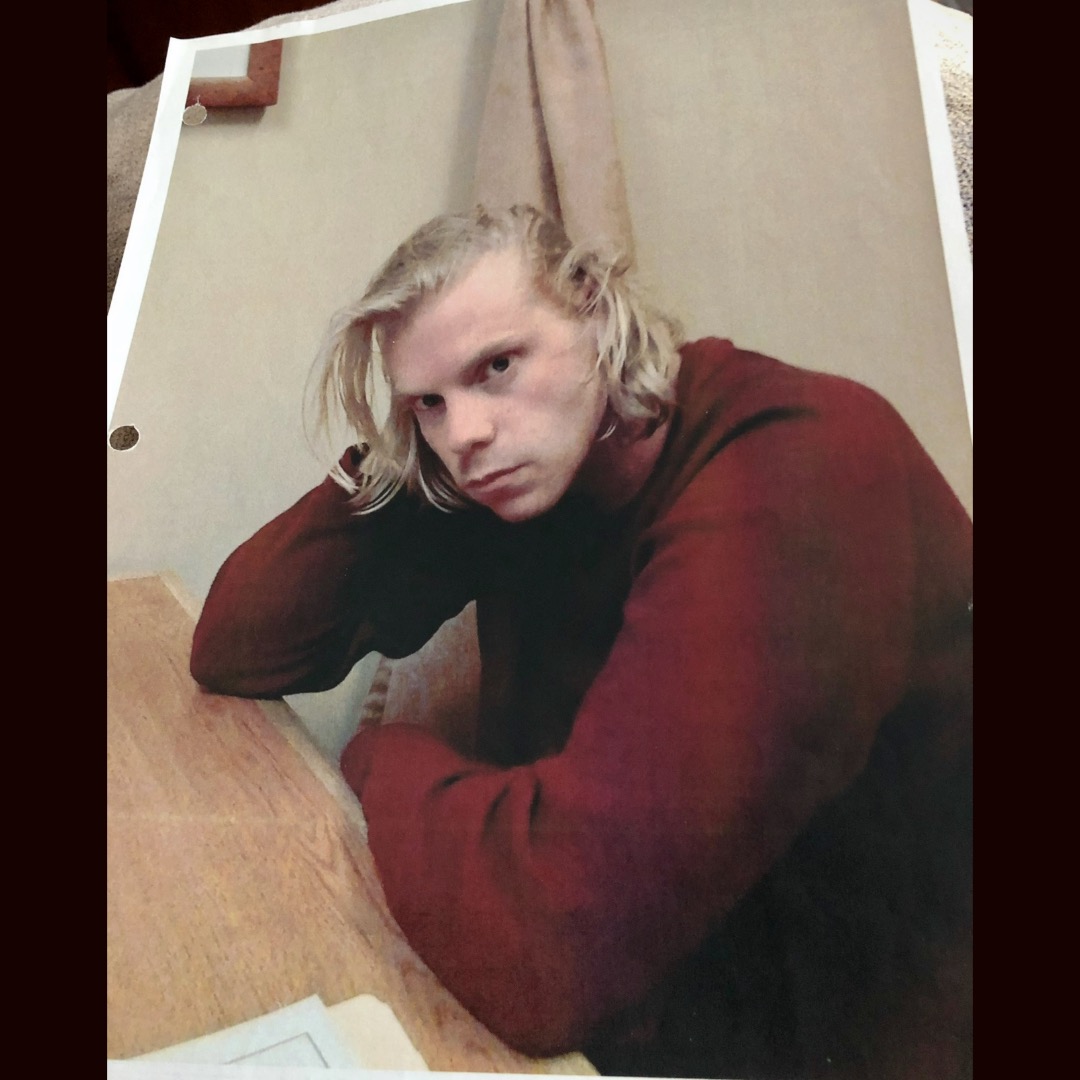
Good times, right? You could sit back, relax, and enjoy the show that was about to go down. I passed out, woke up in an empty room littered with small mattresses upon metal frames. I felt I slept for at least a day, walked to the common area front desk, and asked what day it was. They said it had been two hours since my admittance. I lost all conception of time – minutes were hours – hours were days. I stood, lost in this space, until I found a point of reference for time out the window – the sun and moon rising and setting. I pulled a chair from the small round tables and placed it near the tall windows nearly butted up to the grey radiant heating units and sat for at least a day speaking to know one.
As a scene, a moment, a memory – I still experience it in a third-person perspective as if the person who initially asked what day it was at the front desk turned and began to watch this person sitting in a chair looking out the window. It’s a very serene and peaceful moment. I felt peace, a calm in the storm.
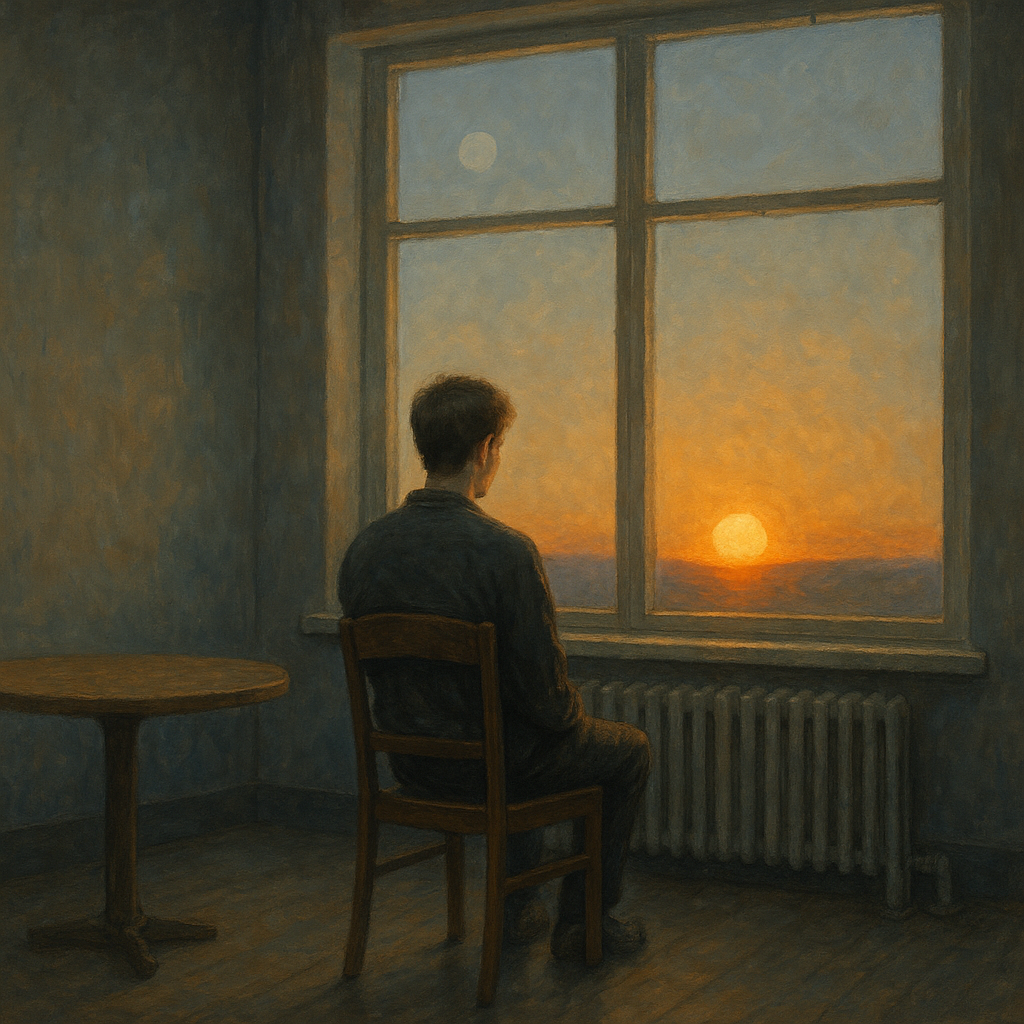
However, not long after that event, they said I didn’t need to be there and discharged me with a bottle of Librium. Although some of the psychological effects had diminished, the physical withdrawals were just getting started. You can only die from two drugs during withdrawals – alcohol and Benzo’s and rather than walking for my college degree, I spent three weeks on my father’s living room floor going through unimaginable withdrawals. My lymph system inflamed, and my skin looked inflated and burned. Movement was tortuous, and any acute pressure placed upon flesh burned. I could walk by the second week – but it required a cane. But eventually, it passed, and I’m proud of making it through that one. The post-acute withdrawals were a particular challenge as well. I experienced horrible anxiety; leaving the house was terrifying, and the further I got away, the more I felt; it was as though I was vibrating from the inside out. This posed its own challenge, but an additional unique one arose as it made it difficult to distinguish between my auras or a withdrawal symptom. It took me six months to 1 year to fully recover.
The Implant
I was around 13 when my Mother took me to a meeting. A grey room, a cold room, with pale one foot by one foot laminate tile checkering the floor and with two foot by two panels on the ceiling decorated with hanging incandescent lighting. A table lay in the middle with chairs purchased obviously for economic purposes with blue and thin plastic backs and seats. Within them sat middle-aged men and women – most likely parents. I only remember one man speaking, and it scared the hell out of me and all I wanted to do was leave. Perhaps my fear of becoming him – ironically, 15 years later, in a way, I did.
He was tall and thin, with a shaved head. You could tell, this was not by choice but a signature sign of medical trauma one recognized as quickly now as then, and he spoke bit oddly. He explained why: An implant lay within his chest. A wire ran up his neck from the implant and coiled itself around the vagus nerve.
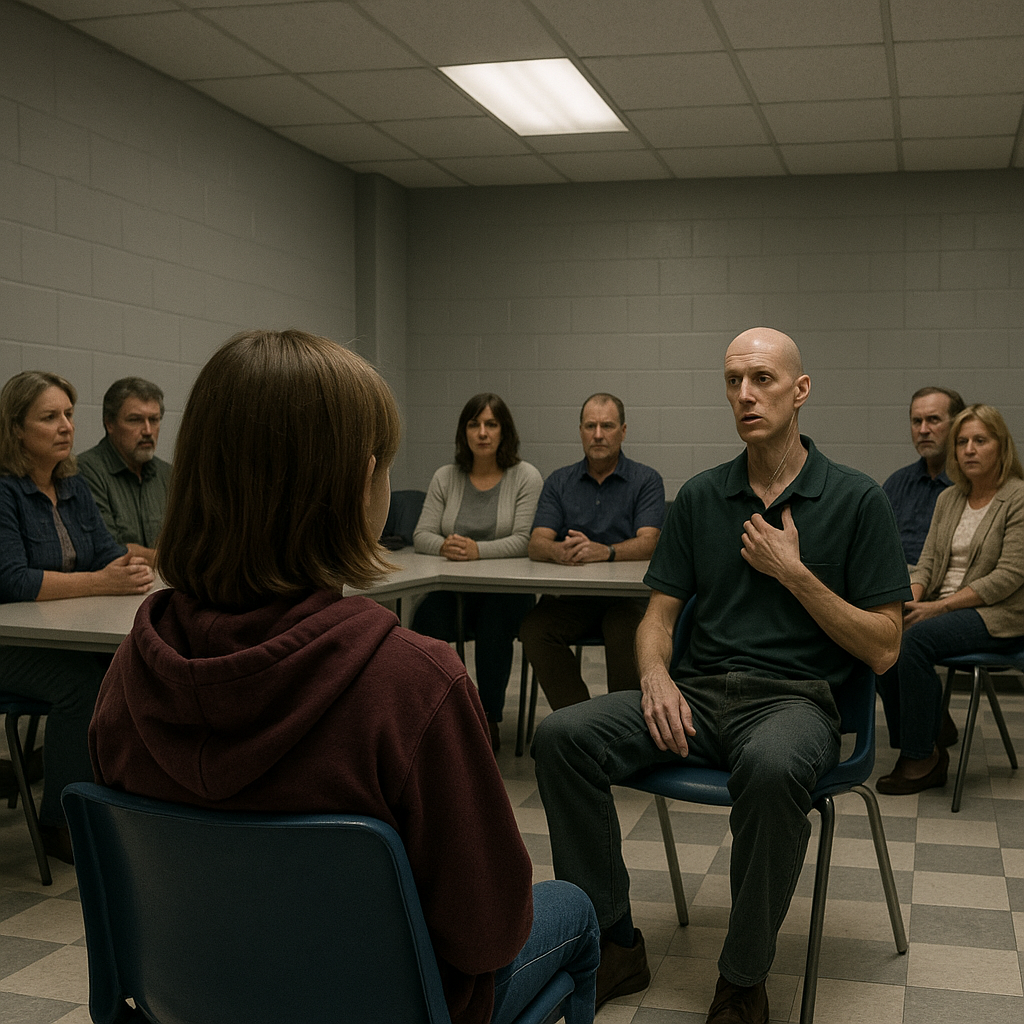
The device sent an electric current stimulating the vagus nerve – reducing the frequency and severity of his seizures. When active, the current would cause the muscles in his neck to constrict, affecting his vocal cords and causing a cough or change in tone of voice. The same magnet can be used to swipe across the chest pre-seizure to increase the current and, therefore, the stimulation, possibly stopping a seizure from occurring or done so by a friend or loved one during a seizure to reduce the severity.
Does it work? Yes. My seizures last thirty seconds rather than 3 minutes +. The severity is greatly reduced, in particular the amount of time my shoulders pop in out of socket is greatly reduced (my left has been surgically pulled back together, twice). I could have one the night before and return on time for work the next day, rather than in bed for 3-days or more. It’s helped me a great deal.
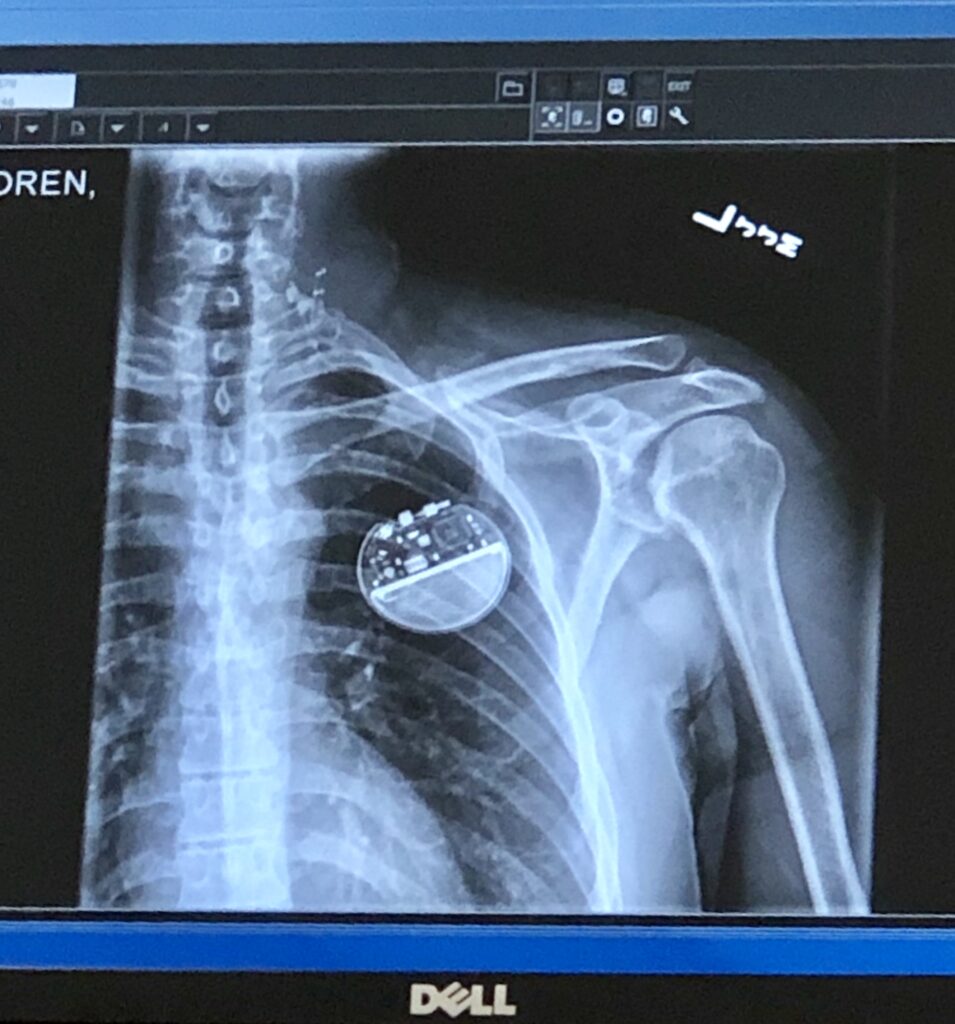
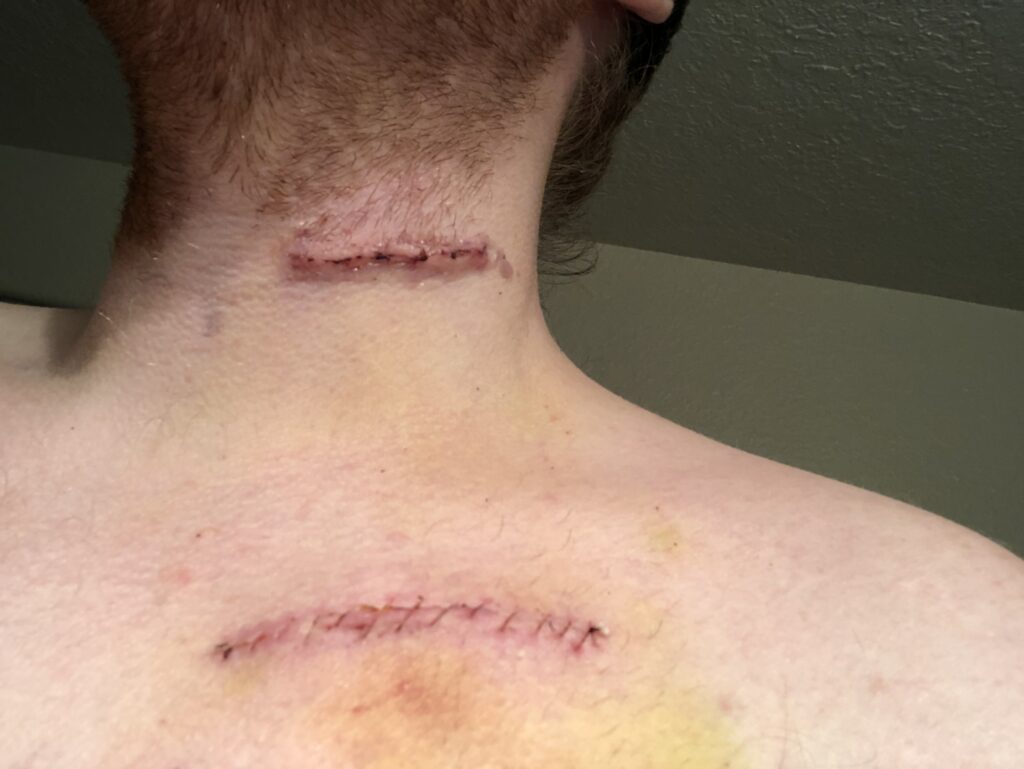
Yet, this treatment is still considered experimental, and you must meet the criteria to qualify. After receiving the implant, it is necessary to tune it for efficacy, like finding the correct medication dosage – it takes time. During one such procedure, a Doctor, not an MD and not a neurologist, sat across from me – late and obviously in a rush – my Father to the right along an open window – a sunny sky as the backdrop. He made an adjustment and initiated the program via Bluetooth.
My right leg lifted and then slammed upon the ground; air left my lungs, and I doubled over – all my muscles constricted. I can never forget his face, like a child who broke the rules and got an unexpected result. I gathered myself, he changed something, initiated it, and again the same result. That was enough; needless to say, I left with the initial settings I arrived with. By the time we left the parking lot, I began to feel a burning sensation on my skin and horrible pain down my legs, in particular my right. When we arrived home 40 minutes later, I couldn’t wear clothing or stand a sheet on my skin. It was a burning sensation I can only describe as a burn that radiated from my bones. My hair down my leg in patches had fallen out, my skin blacked and blued.
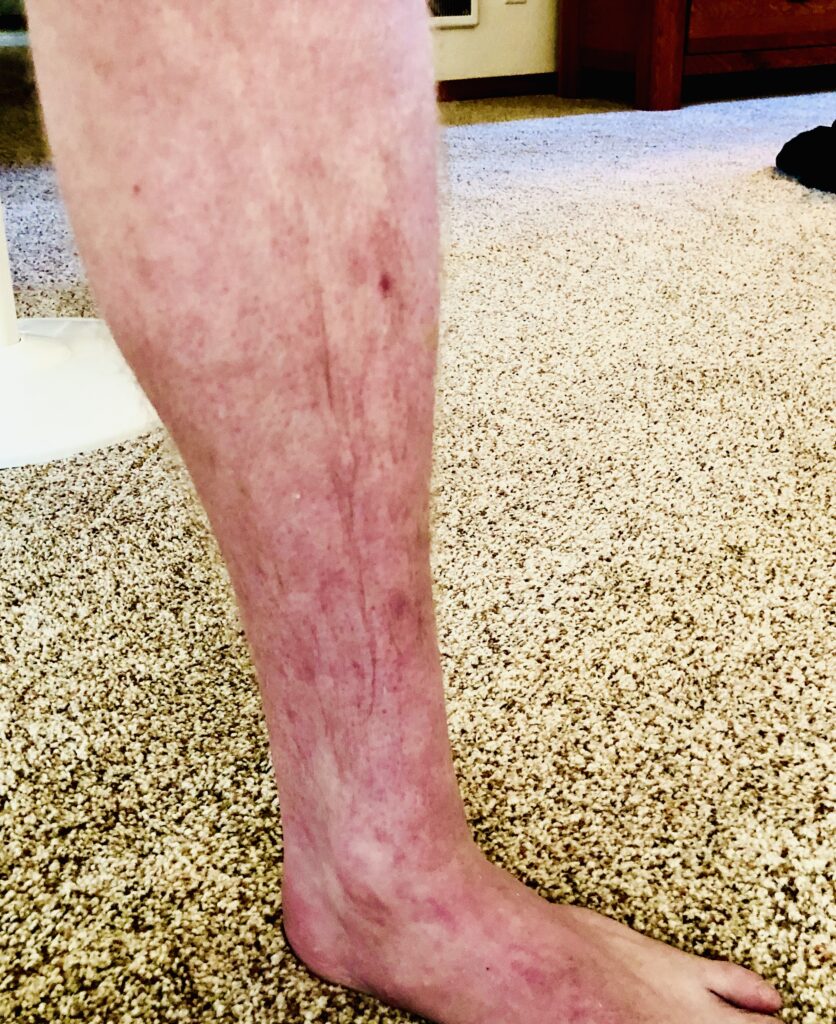
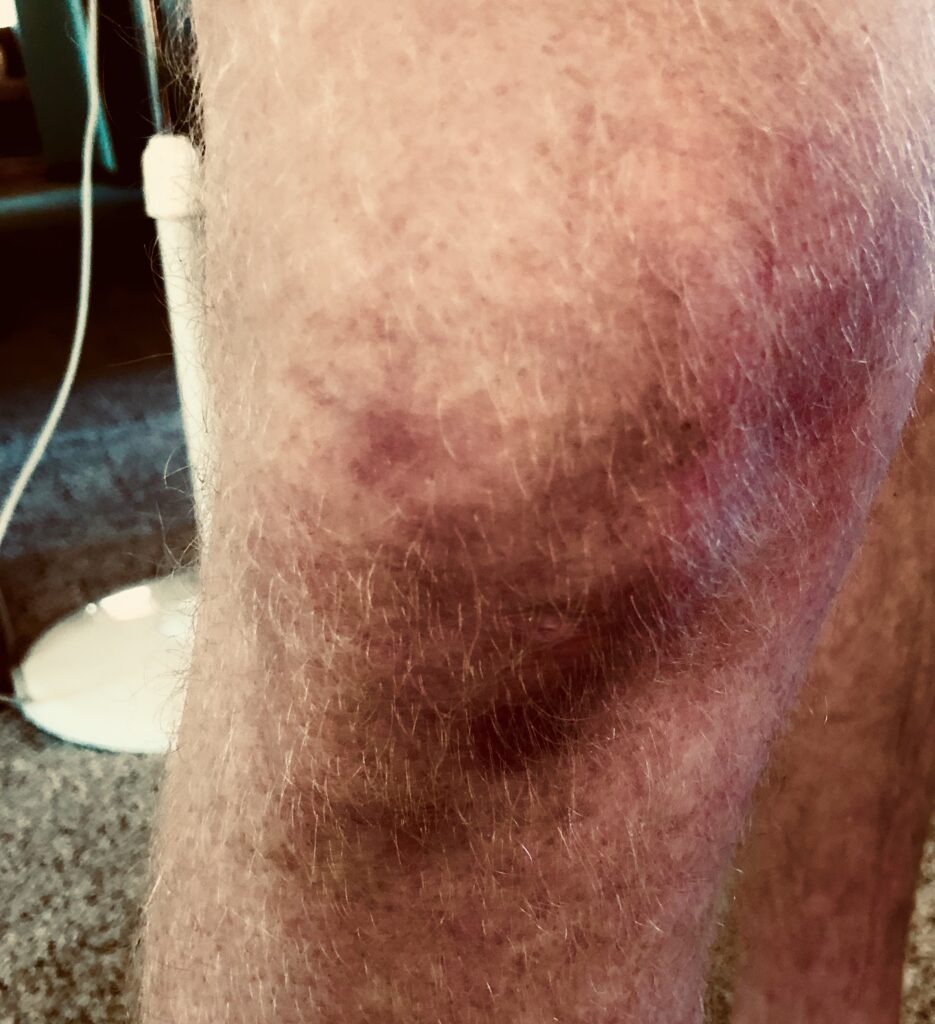
I was bedridden for at least three weeks and couldn’t walk for months. One hundred thirty-five doctor appointments within one year later, physical therapy to train my leg to work again, painkillers, and a lot of work; I could walk competently again and be able to return to work, but I still suffer pain from it today.
But let me note—do not let this experience deter you from seeking this treatment—in fact, I would recommend it—what occurred is not the device’s fault. It’s an operator error. The device is an effective treatment, and other than a bit of discomfort at times, the benefits well outweigh the risks. I’m sharing this experience to stress the need for competency. This was a Doctor of Osteopathic Medicine, playing a neurologist in Family Medicine and had no business performing this work, moreover performing such a procedure while his mind be occupied by personal matters. Medical practitioners must be held to the same standards as those in any field and be placed accordingly to their skill set.
Note: This is a 4 part series, I call The End of Strife, about what you may experience with Epilepsy, beginning with diagnostics, a diagnosis, treatment, and a conversation regarding identity – something those like myself may struggle with. I’m Charles Randolph, the creator of ToSpeakOnline.com, and this is my experience. I hope this may help another.
Written by: Charles Randolph
If you would like to support my work, please consider becoming a member here at my website ToSpeakOnline.com.
Follow! 🌐 ToSpeakOnline.com | YouTube Channel | Spotify Podcast | ✉️ Newsletters | TikTok | Instagram | Twitter/X | Facebook | All My Links | Partners & Associations

